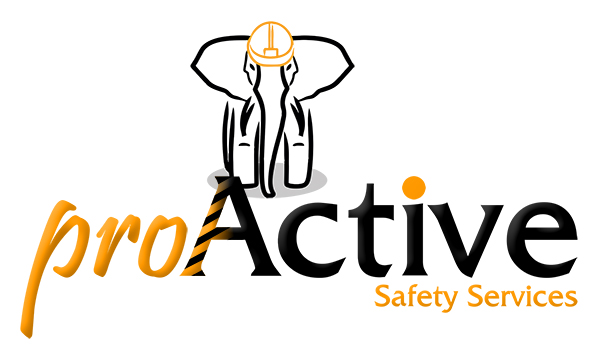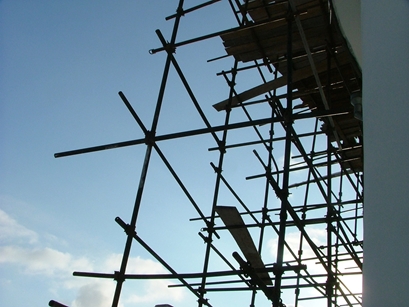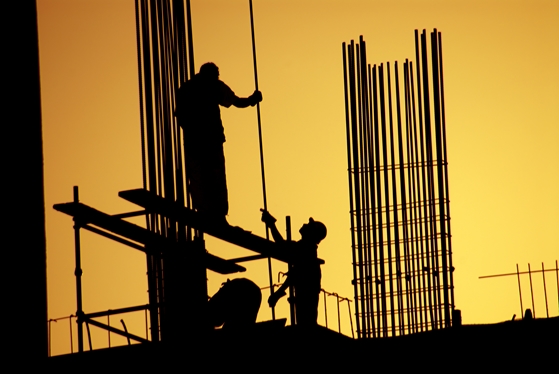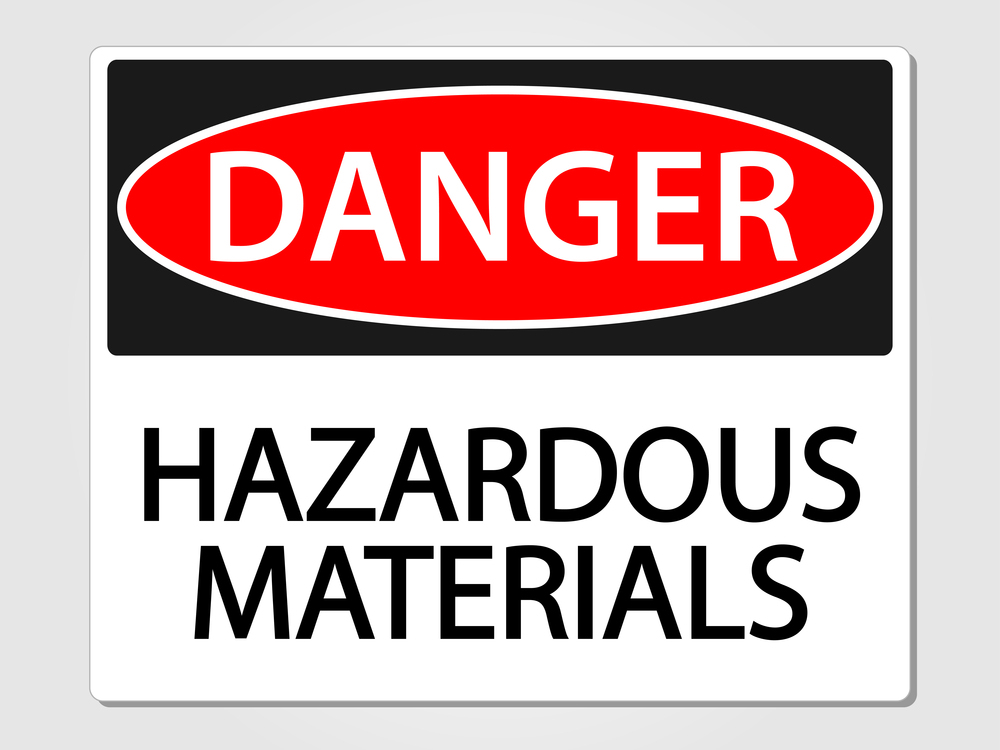Category: Blog
-

April 2019 Free Safety Meetings
April 2019 Free Safety Meetings For our April 2019 Free Safety Meetings we have prepared free safety meetings on the following topics: Good Housekeeping Hazard Communication and OSHA Protecting Workers From the Hazards of Abrasive Blasting Protecting Workers From the Hazards of Abrasive Blasting Part 2 Understanding the Hazard Communication Standard Download the April 2019…
-

March 2019 Free Safety Meetings
March 2019 Free Safety Meetings For our January 2019 Free Safety Meetings we have prepared free safety meetings on the following topics: Good Housekeeping Hazard Communication and OSHA Protecting Workers From the Hazards of Abrasive Blasting Protecting Workers From the Hazards of Abrasive Blasting Part 2 Understanding the Hazard Communication Standard Download the March 2019…
-

Typical Renovation Job Hazards
Who is at risk? All of us at some point will probably encounter a renovation in an old building, house, or manufacturing facility. Who is at risk? In a residential setting the family who lives in the property, their pets, and any guests that they may have over. You, your workers, and potentially everyone’s families…
-

Spring Cleaning Part 2
Coming Clean The first step to a cleaner and safer workplace is to establish housekeeping standards. These standards should be clear, attainable and enforced. Next, train workers on what is expected of them, where things go, how to properly store and dispose of hazardous items, such as chemicals and waste, where to find cleaning supplies…
-

Spring Cleaning
As spring draws near, it’s a good time to start thinking about putting away the snow shovels and bringing out the brooms. Housekeeping at work involves more than just sweeping the floors of course, but a clean floor certainly lays a solid foundation of good housekeeping practices. Poor housekeeping can cause accidents, slow down production,…
-

Scaffolding Safety Part 2
Scaffolding is a tool that allows us to work effectively and safely from heights when it is used correctly. Below are some tips on how to stay safe while working on or around scaffolds. When using scaffolds, if employee is higher than 10 feet above the walking/working surface, they must be protected from falling by…
-

Scaffolding Safety
It’s a terrible thing to realize that hardly a workday goes by without a construction worker falling off a scaffold to his or her death. And those who survive scaffold falls are often crippled for the remainder of their life. These tragedies are sometimes caused by faulty design or poor construction. But in most cases…
-

Hazard Communication Tips
If you have the potential of exposure to chemicals at work, your employer must provide training and meet other requirements of the hazard communication standard. The following are some ways you can protect yourself at work. When in doubt, consult the Safety Data Sheet: Don’t use chemicals you are unfamiliar with unless first consulting the…
-

Understanding the Hazard Communication Standard
The Hazard Communication Standard (HCS) is now aligned with the Globally Harmonized System of Classification and Labeling of Chemicals (GHS). This update to the Hazard Communication Standard (HCS) will provide a common and coherent approach to classifying chemicals and communicating hazard information on labels and safety data sheets. This update will also help reduce trade…